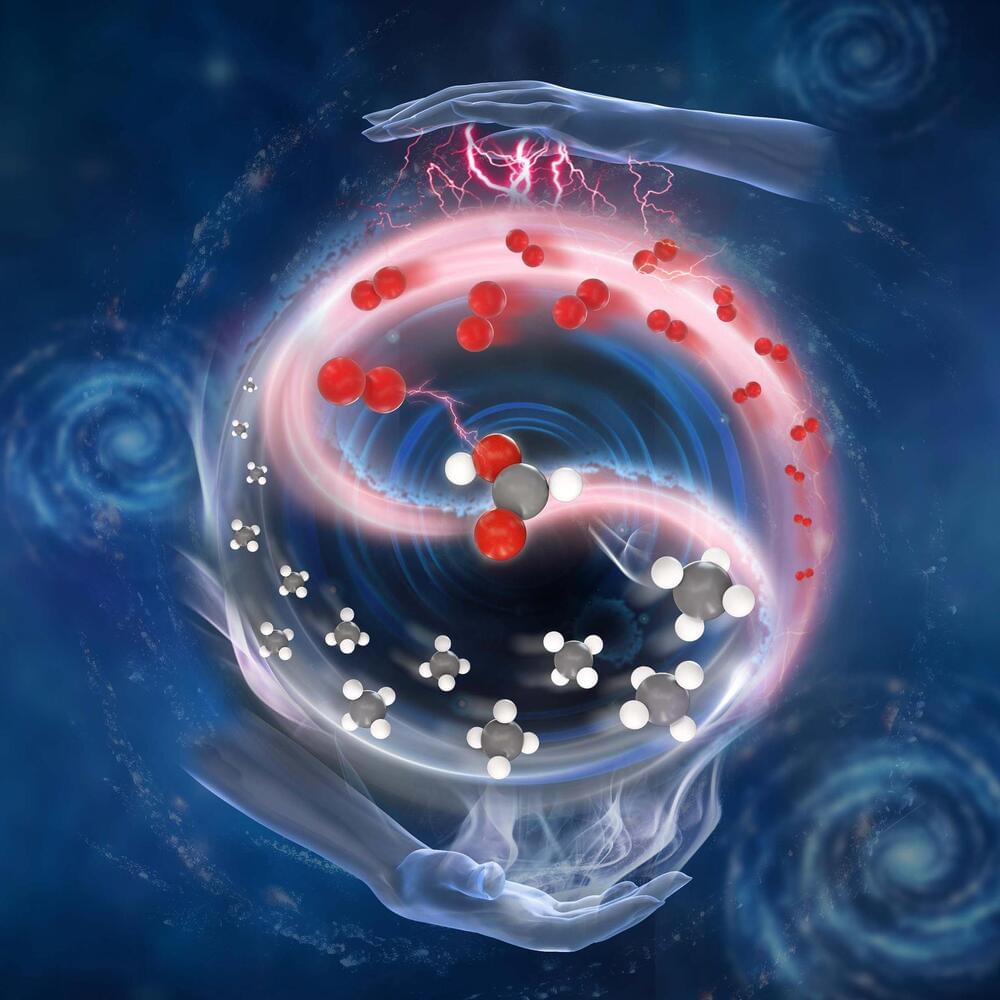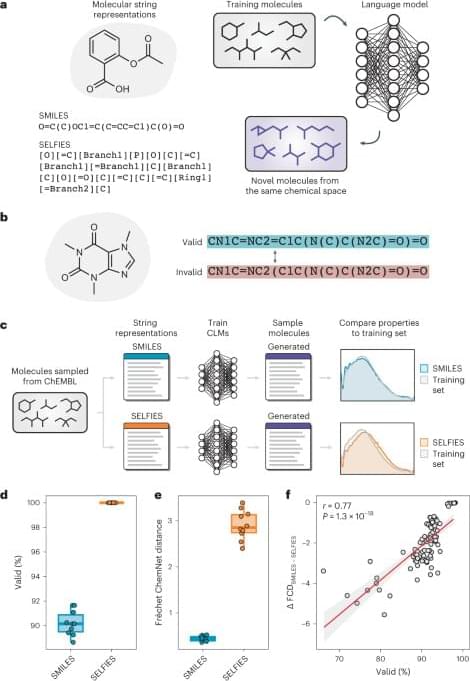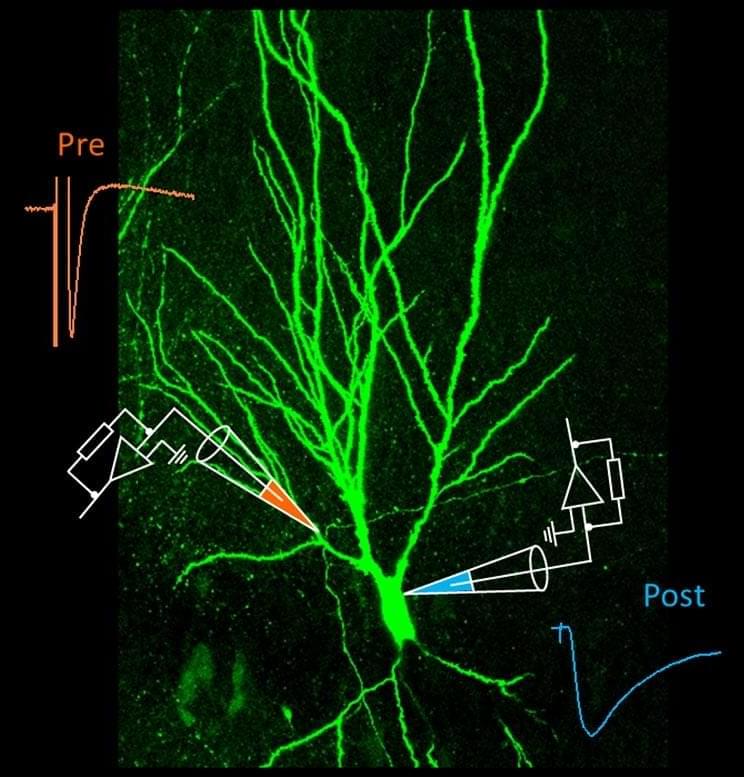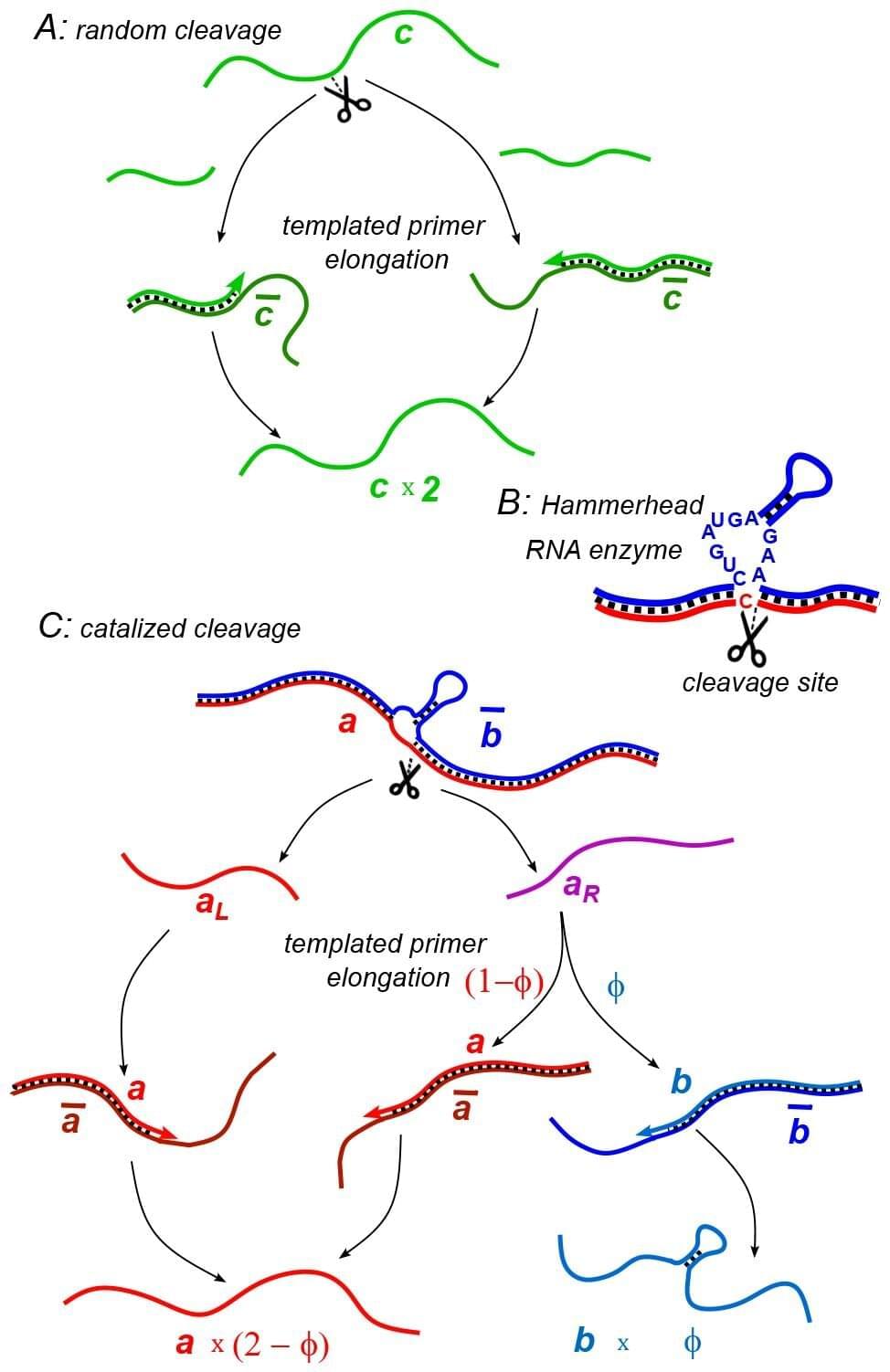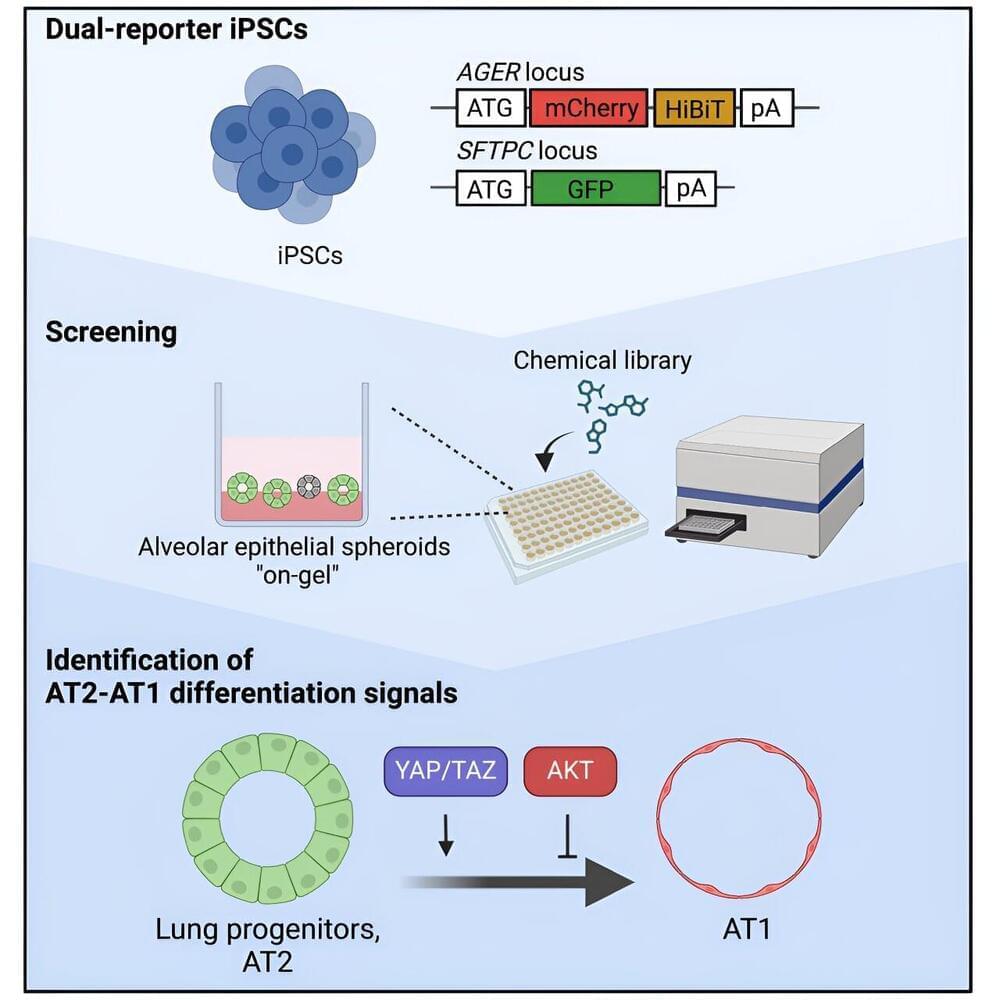A team from the Dalian Institute of Chemical Physics made a breakthrough in converting methane to formic acid using oxygen at room temperature through a high-pressure electro-Fenton process, achieving significantly higher efficiency and productivity than traditional methods.
Direct conversion of methane (CH4) and oxygen (O2) to value-added chemicals is important for natural gas industries. However, challenges remain due to the difficulty of O2 activation in forming active oxygen species for CH4 activation under mild conditions.
Recently, a research group led by Prof. Dehui Deng, Assoc. Prof. Xiaoju Cui and Liang Yu from the Dalian Institute of Chemical Physics (DICP) of the Chinese Academy of Sciences (CAS) realized the electrochemical conversion of CH4 by O2 to formic acid (HCOOH) at room temperature. This study was published in the Journal of the American Chemical Society.
